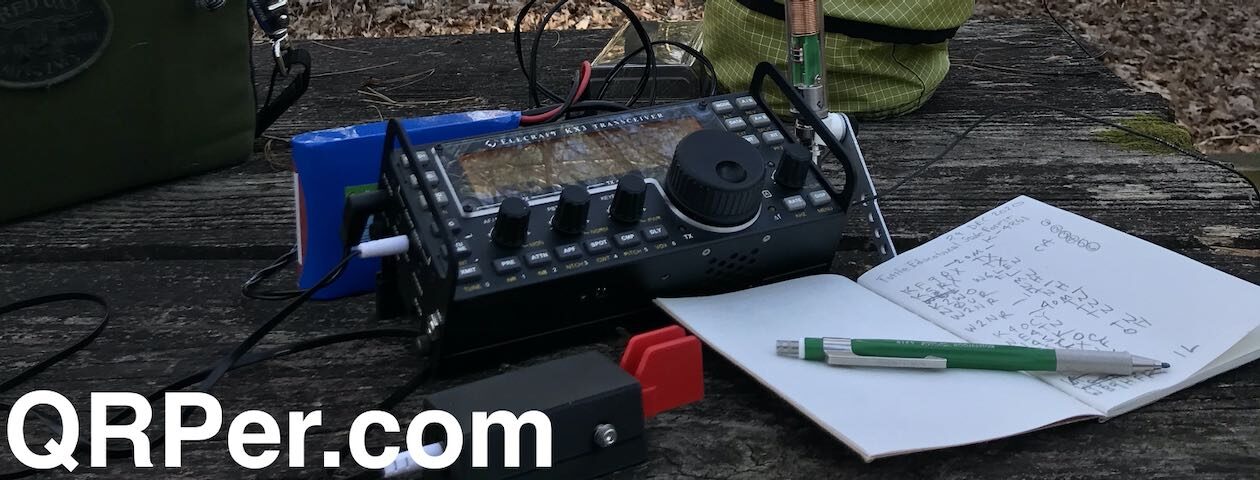 Thursday, November 9, 2023 was a typical “dad taxi” day for me.
Thursday, November 9, 2023 was a typical “dad taxi” day for me.
By the time I got around to doing a POTA activation that afternoon (which was always on the docket) it was within 30 minutes of when I needed to pick up my daughters.
Fortunately, the Blue Ridge Parkway Folk Art Center was en route to town.
I had planned that day to pair up my Elecraft KH1 with a random wire antenna, but looking at the time, I realized that was being a little ambitious–the few minutes to deploy and pack up the antenna would cut into the activation.
Instead (since I had just received my KH1 logging tray/cover) I decided to put it to the test with a real pedestrian mobile activation using the KH1, its whip antenna, the logging sheets I printed/cut, and the teeny space pen included with the logging tray. In theory, this all looked doable, but in practice I didn’t know if I would actually be able to log on a tray attached to the side of my radio!
I had planned to use my Zoom H1n recorder for the KH1 audio since I would be making an activation video (see below), but frankly, I simply didn’t have time to set it up. I had to make do with the KH1 wee speaker.
Speaking of the speaker…
After playing with the speaker for a few weeks now, I’ve found that it sounds much better when I run the KH1 with a wide CW filter.
I’d always assumed being a low-fidelity 1″ speaker that narrow audio would be best, but I was wrong about that. In the field, I tinker with the filter and attenuation settings for the best audio balance.
Still, it’s not perfect (the speaker is really a “bonus” feature) but it’s much improved over my initial POTA activation.
Of course, I would have been using earphones had I not been recording the activation on camera. Via earphones, the KH1 audio is excellent!
Gear:
 Note: All Amazon links are affiliate links that support QRPer.com at no cost to you.
Note: All Amazon links are affiliate links that support QRPer.com at no cost to you.
- Elecraft KH1 Edgewood Package which includes:
- KH1 Hand-Held, 5-Band Transceiver
- KHATU1 Antenna Tuner and Built-In Whip
- KHPD1 Keyer Paddle
- KHLOG1 Logbook Tray w/mini-ballpoint pen
- KXBT2 rechargeable Li-Ion battery
- KHIBC1 Internal Battery Charger
- ES20 Custom zippered carrying case.
- E980262 Power Cable
- KXUSB USB Cable
- Counterpoise wire & 2 storage clips
- E740377 KH1 Owner’s Manual
- Camera: original OSMO Action Camera (the OSMO 3 is the current version) with Sensyne Phone Tripod
On The Air
 I hopped on the air, started calling CQ POTA, and the stations started rolling in. Continue reading Elecraft KH1: A Quickie Pedestrian Mobile POTA Activation!
I hopped on the air, started calling CQ POTA, and the stations started rolling in. Continue reading Elecraft KH1: A Quickie Pedestrian Mobile POTA Activation!











































































